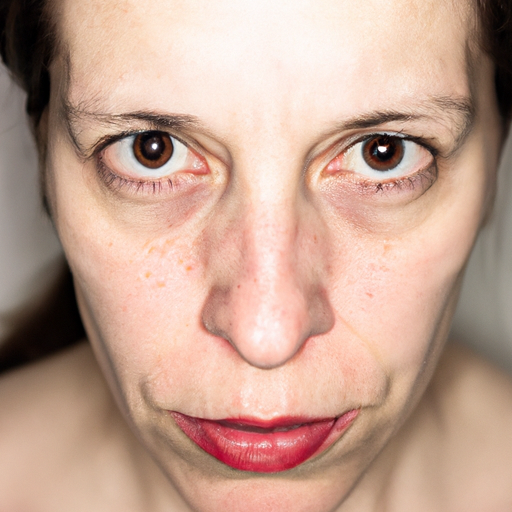Hyperpigmentation, a common and usually harmless condition, is characterized by patches of skin becoming darker in color than the surrounding skin. This darkening occurs when an excess of melanin, the brown pigment that produces normal skin color, forms deposits in the skin. Although hyperpigmentation can affect anyone, it is more prevalent in individuals with darker skin tones. As an expert in dermatology, I aim to unmask the mystery surrounding hyperpigmentation by providing a comprehensive guide to its diagnosis and treatment.
Diagnosis of hyperpigmentation is typically straightforward and involves a visual examination of the skin by a dermatologist. In some cases, a Wood’s lamp examination may be used. This involves shining a specific wavelength of UV light onto the skin, which can help distinguish between different types of hyperpigmentation. A biopsy may also be performed if the dermatologist suspects an underlying disease or condition.
Hyperpigmentation can be caused by various factors, including sun exposure, inflammation, hormonal changes, certain medications, and certain diseases such as Addison’s disease. The most common types of hyperpigmentation are melasma, which is often associated with pregnancy or hormonal contraceptives; post-inflammatory hyperpigmentation (PIH), which occurs following skin injury or inflammation; and solar lentigines, also known as age spots or liver spots, which are caused by sun exposure.
Treatment for hyperpigmentation varies depending on its cause and severity. For mild cases, over-the-counter creams containing ingredients like hydroquinone, retinoids, vitamin C, and azelaic acid may be sufficient. These ingredients work by inhibiting the production of melanin, thereby lightening the darkened areas of skin.
For more severe cases, prescription-strength topical treatments may be necessary. These typically contain higher concentrations of the same active ingredients found in over-the-counter products. In addition to topical treatments, procedures such as chemical peels, laser therapy, and microdermabrasion can be effective in treating hyperpigmentation. These procedures work by removing the top layer of skin, which encourages the growth of new, healthier skin cells.
Prevention is also a crucial part of managing hyperpigmentation. This includes protecting the skin from the sun by wearing sunscreen, avoiding peak sunlight hours, and wearing protective clothing. It’s also important to avoid picking at the skin, as this can lead to inflammation and subsequent hyperpigmentation.
In conclusion, while hyperpigmentation can be a cause for concern due to its impact on appearance, it is typically a harmless condition that can be effectively managed with the right treatment and preventative measures. If you suspect you have hyperpigmentation, it’s important to consult with a dermatologist who can provide an accurate diagnosis and recommend the most appropriate treatment options for your specific needs. Remember, every skin is unique, and what works for one person may not work for another. Therefore, patience and persistence are key when it comes to treating hyperpigmentation.
Unmasking the Mystery: A Comprehensive Guide to Hyperpigmentation Diagnosis and Treatment




